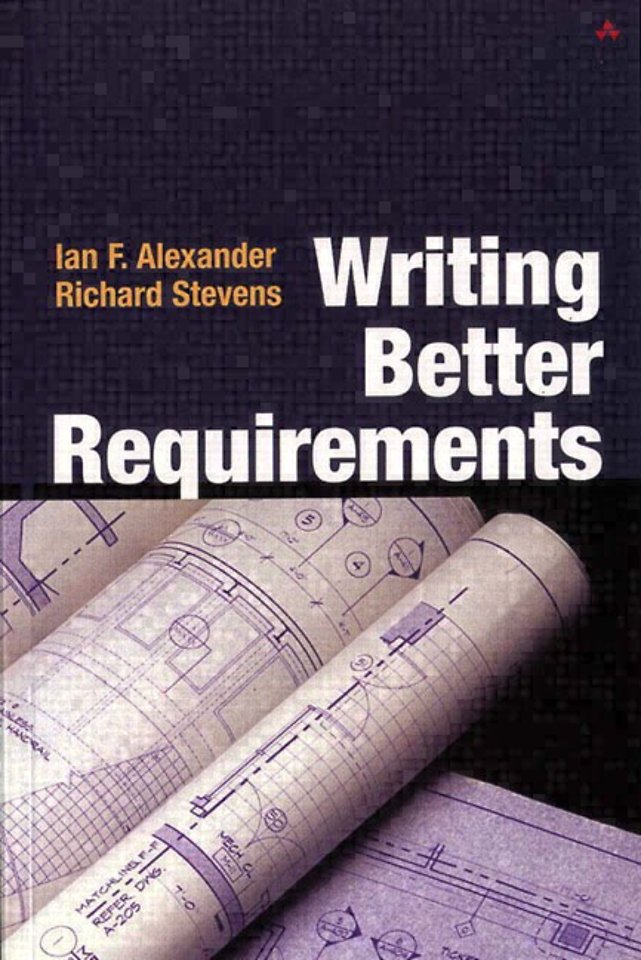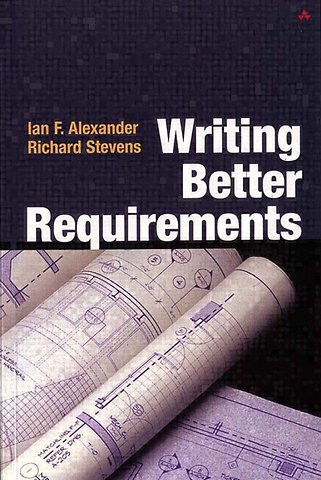Writing Better Requirements
Writing Better Requirements
Paperback Engels 2002 9780321131638Samenvatting
Experience has shown us that investment in the requirements process saves time, money, and effort. Yet, development efforts consistently charge ahead without investing sufficiently in the requirements process. We are so intent to develop the technical solutions that we are unwilling to take the time and effort to understand and meet the real customer needs.
--From the Foreword by Ralph R. Young, author of Effective Requirements Practices Who is it for?
If you are involved in the systems engineering process, in any company -- from transport and telecommunications, to aerospace and software -- you will learn how to write down requirements to guarantee you get the systems YOU need. What skills will I learn?
How to write simple, clear requirements -- so you get what you want How to organize requirements as scenarios -- so everyone understands what you want How to review requirements -- so you ask for the right things
0321131630B05282002
Specificaties
Lezersrecensies
Inhoudsopgave
Rubrieken
- advisering
- algemeen management
- coaching en trainen
- communicatie en media
- economie
- financieel management
- inkoop en logistiek
- internet en social media
- it-management / ict
- juridisch
- leiderschap
- marketing
- mens en maatschappij
- non-profit
- ondernemen
- organisatiekunde
- personal finance
- personeelsmanagement
- persoonlijke effectiviteit
- projectmanagement
- psychologie
- reclame en verkoop
- strategisch management
- verandermanagement
- werk en loopbaan

